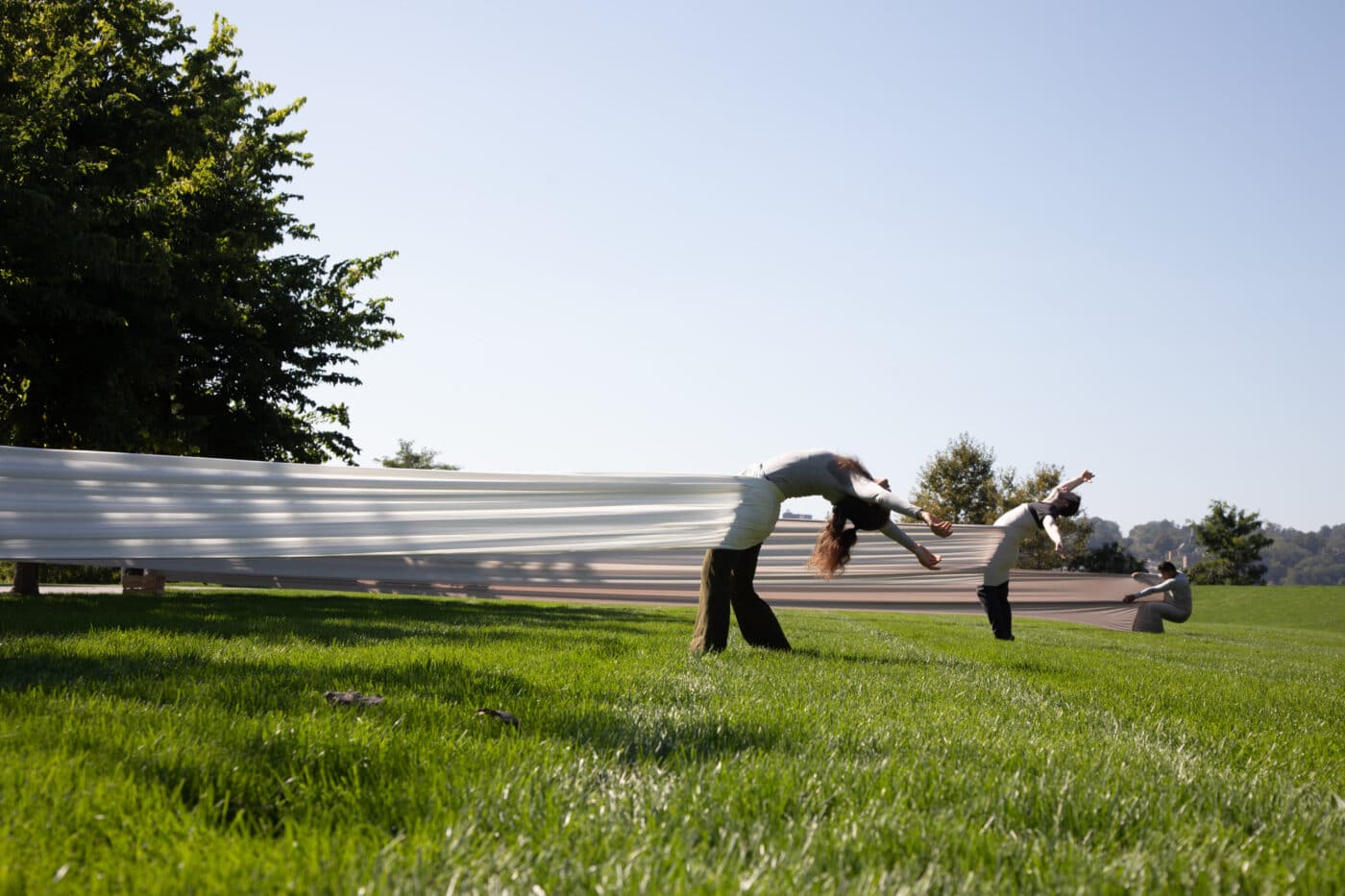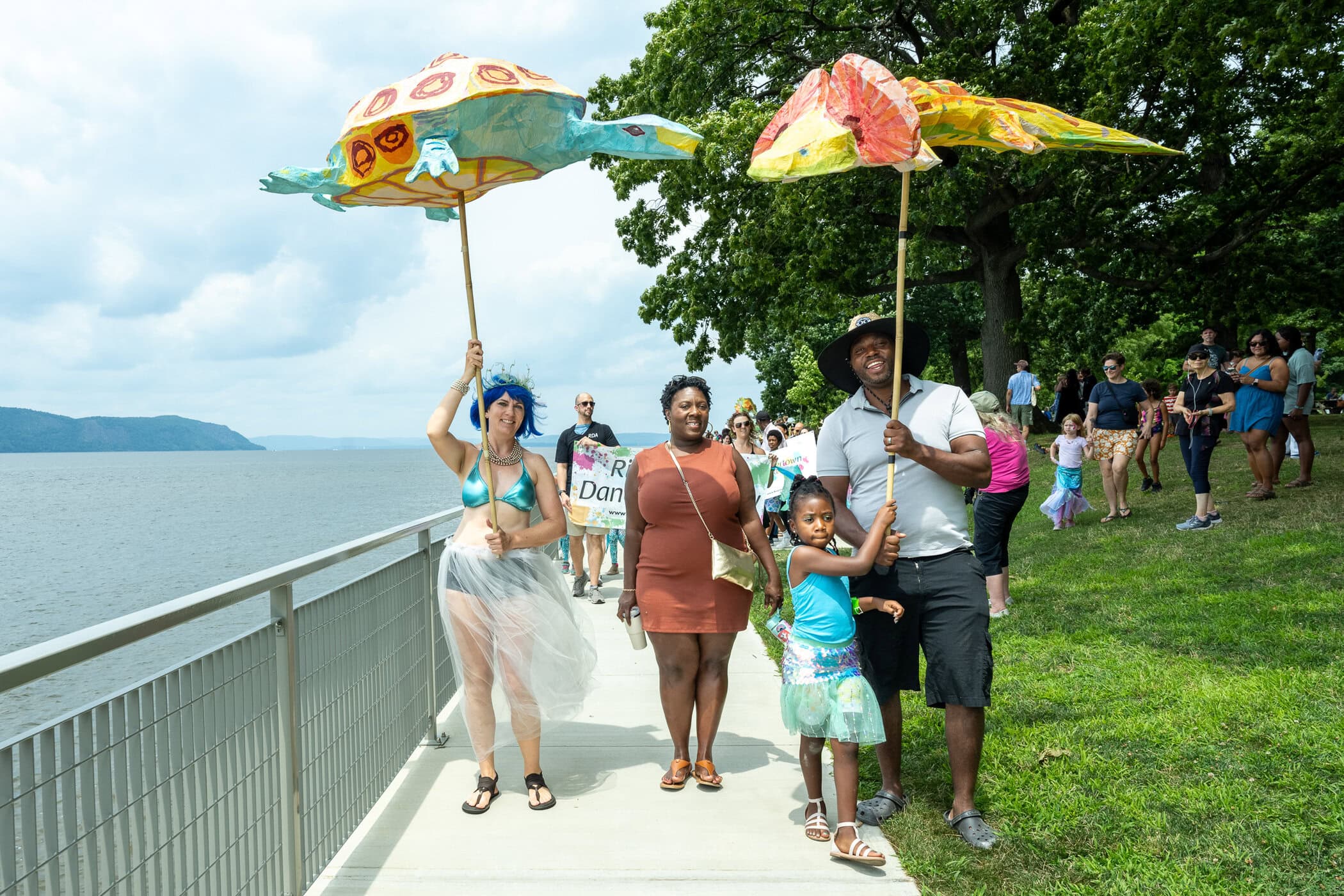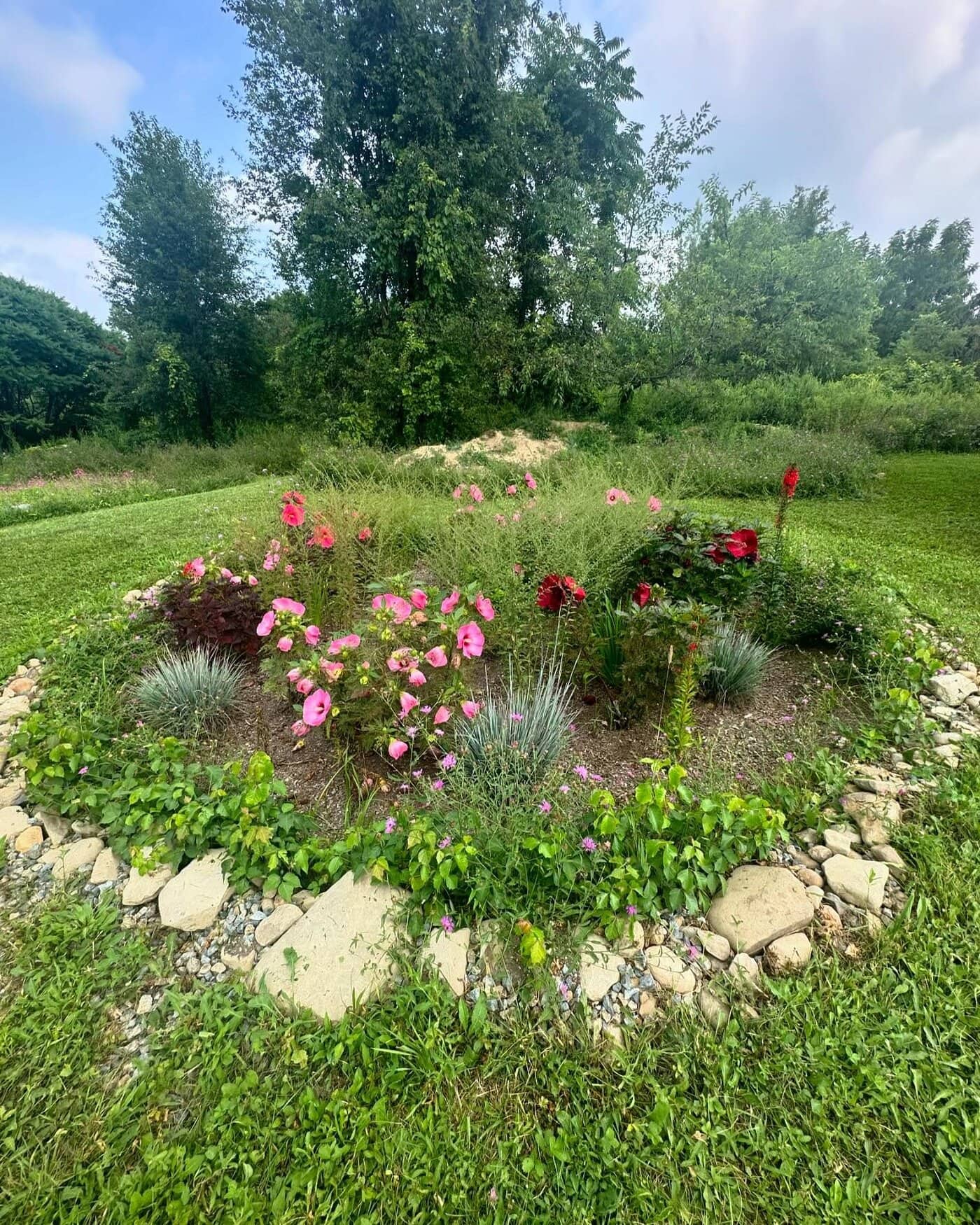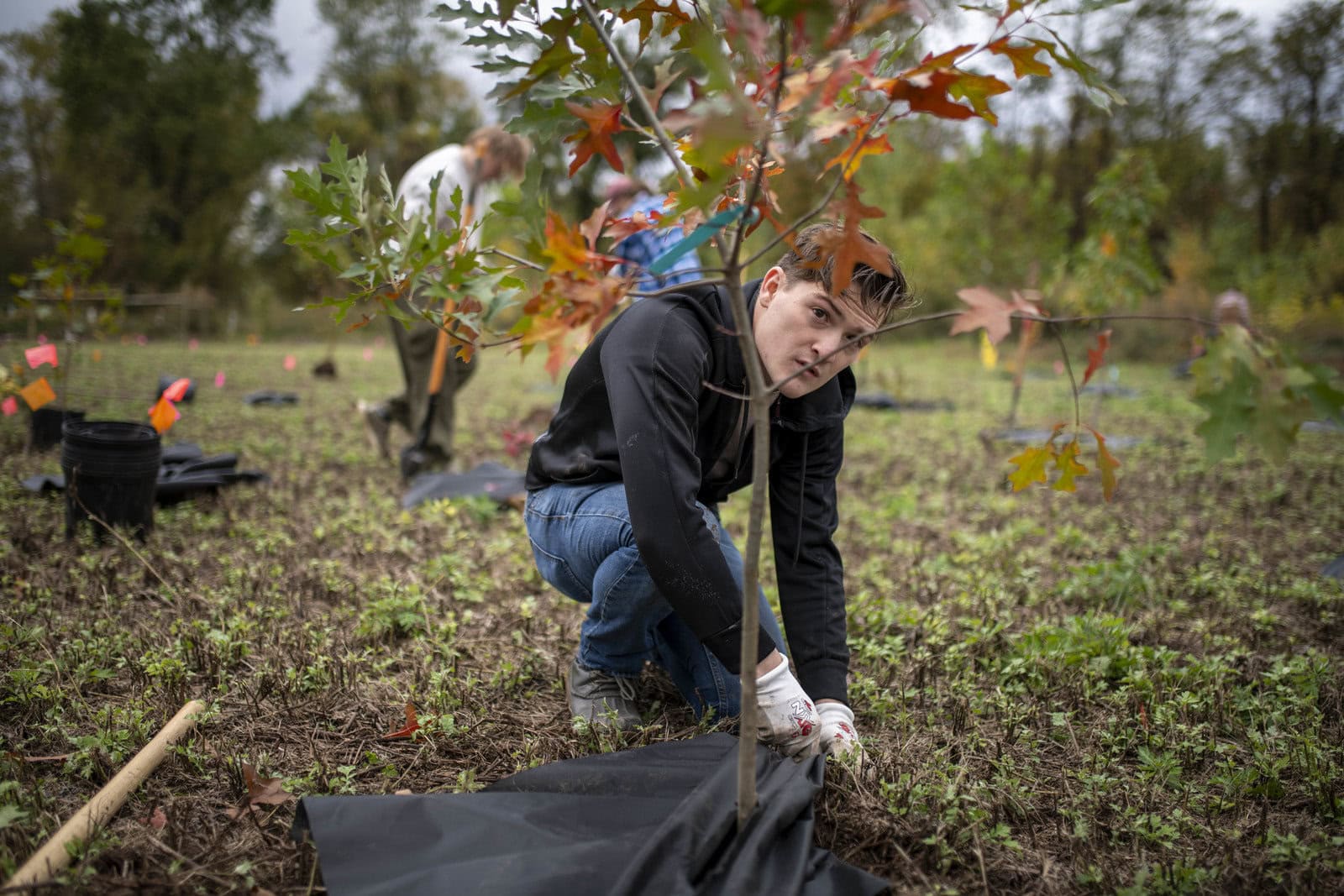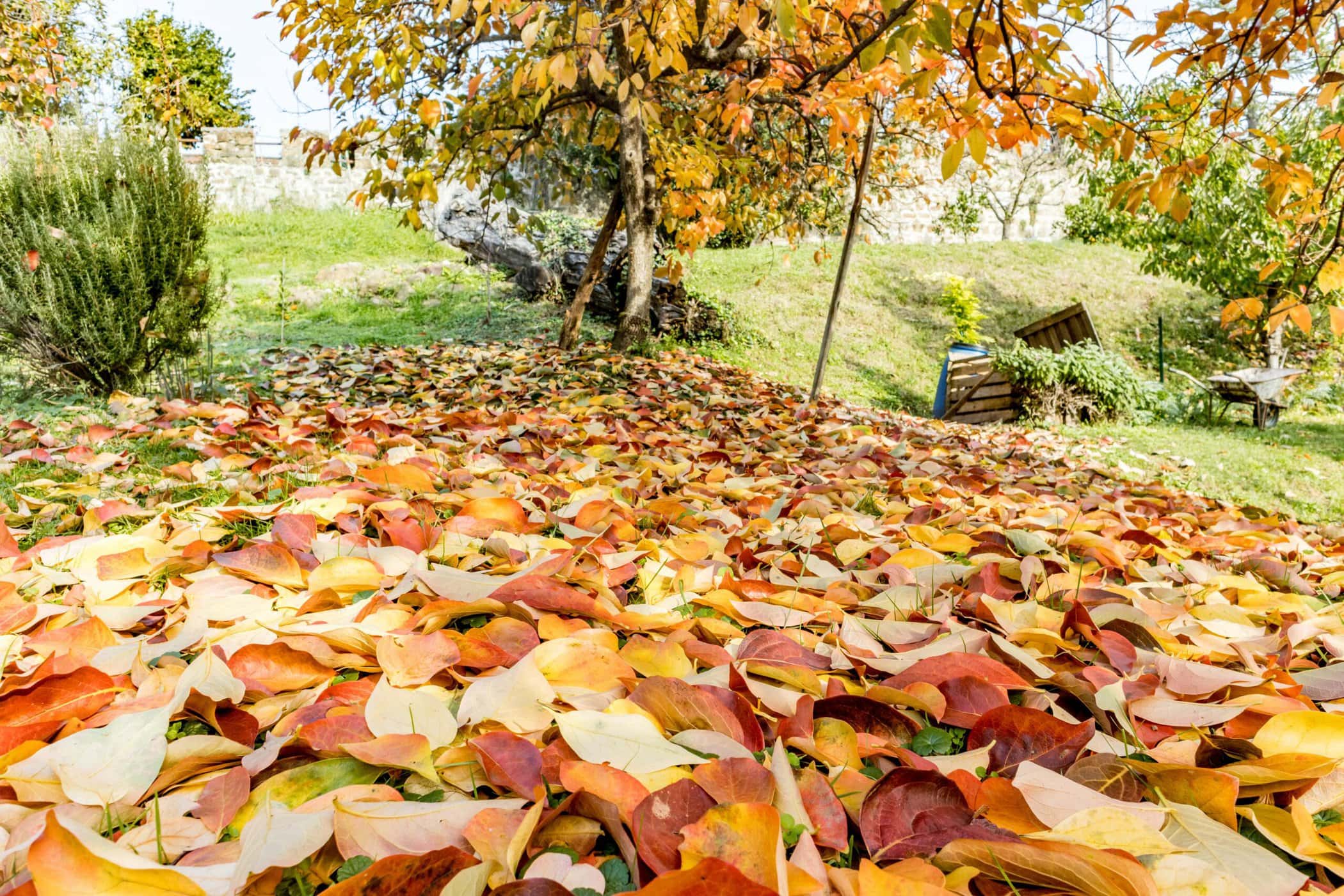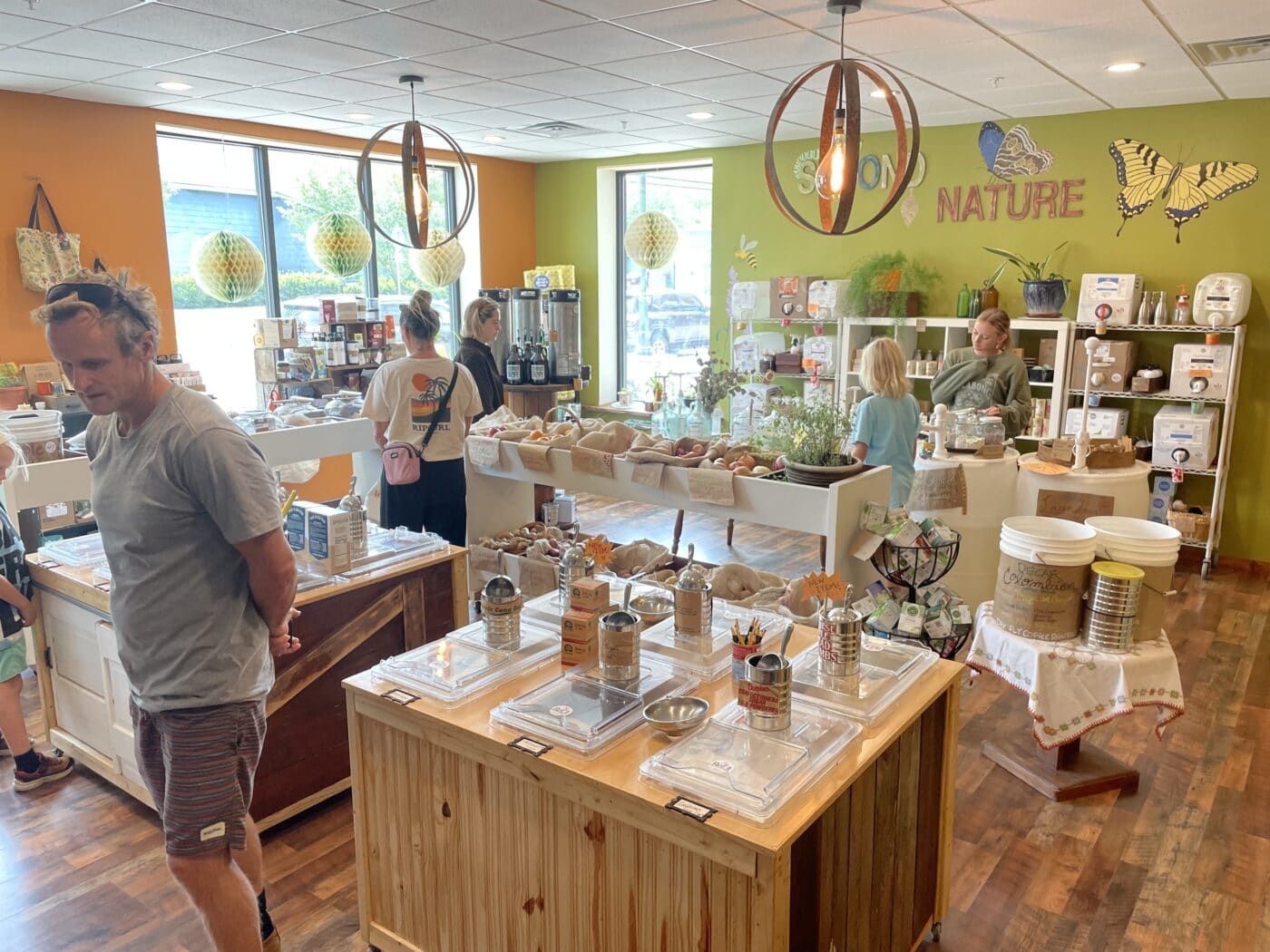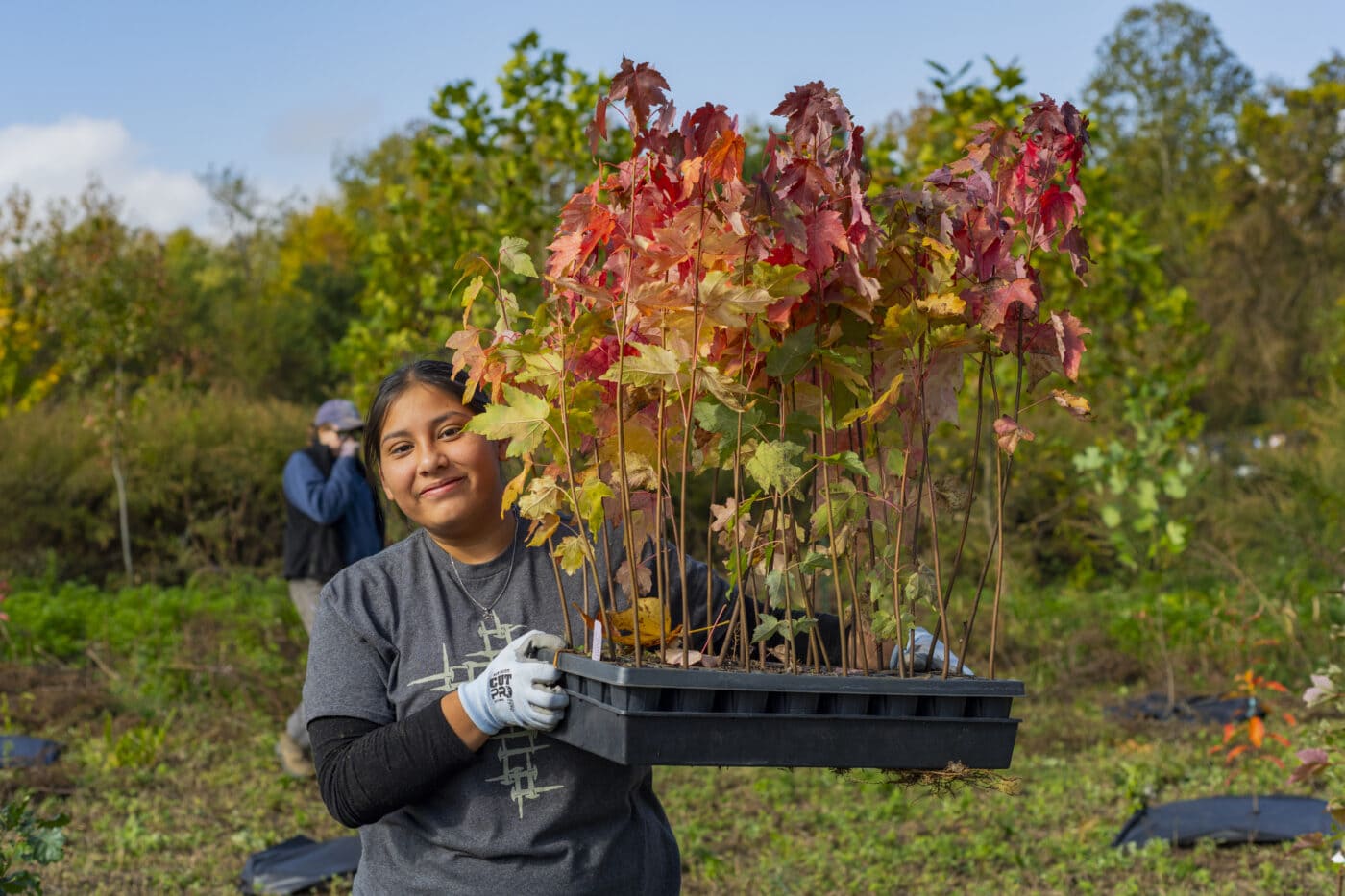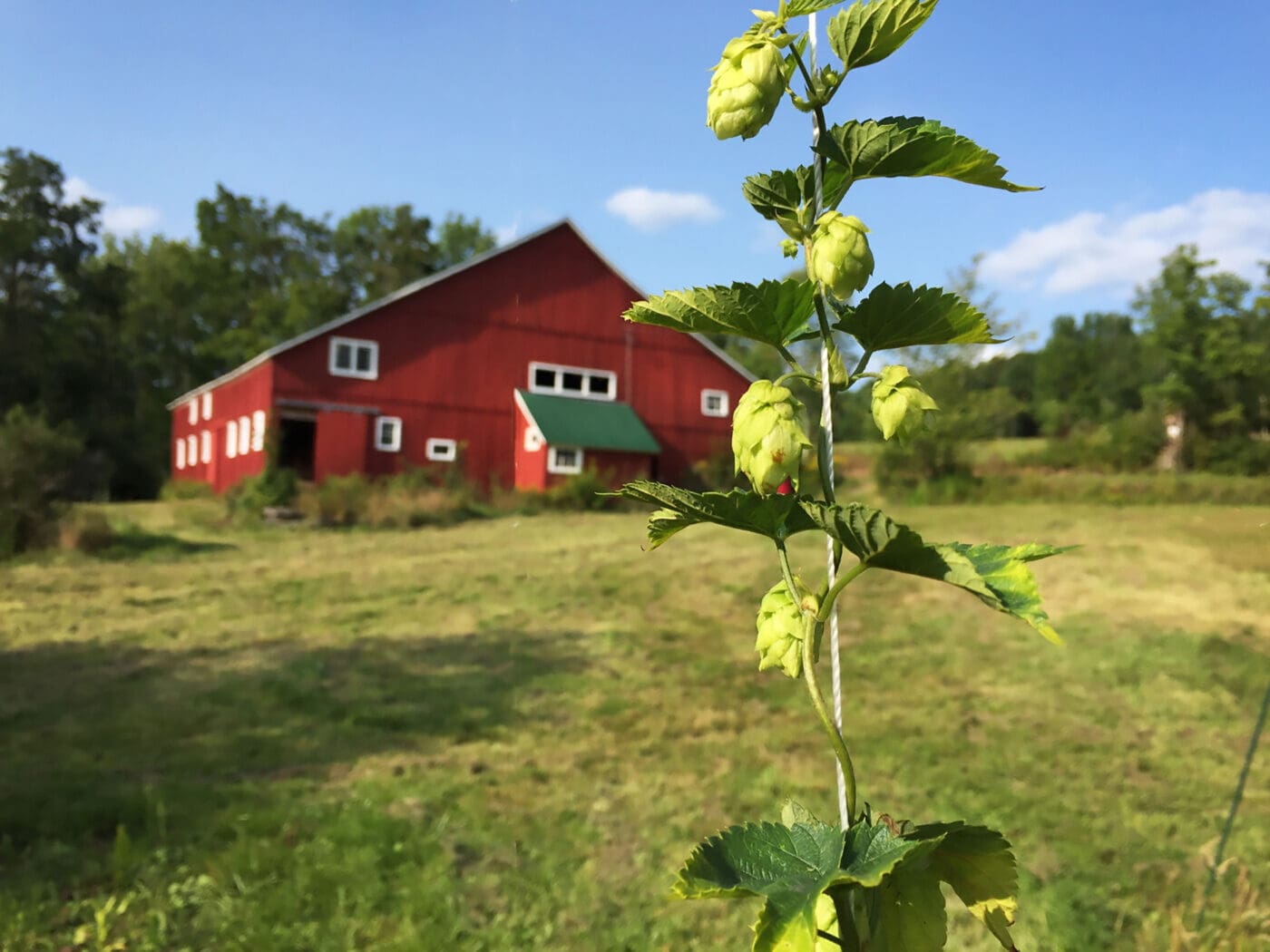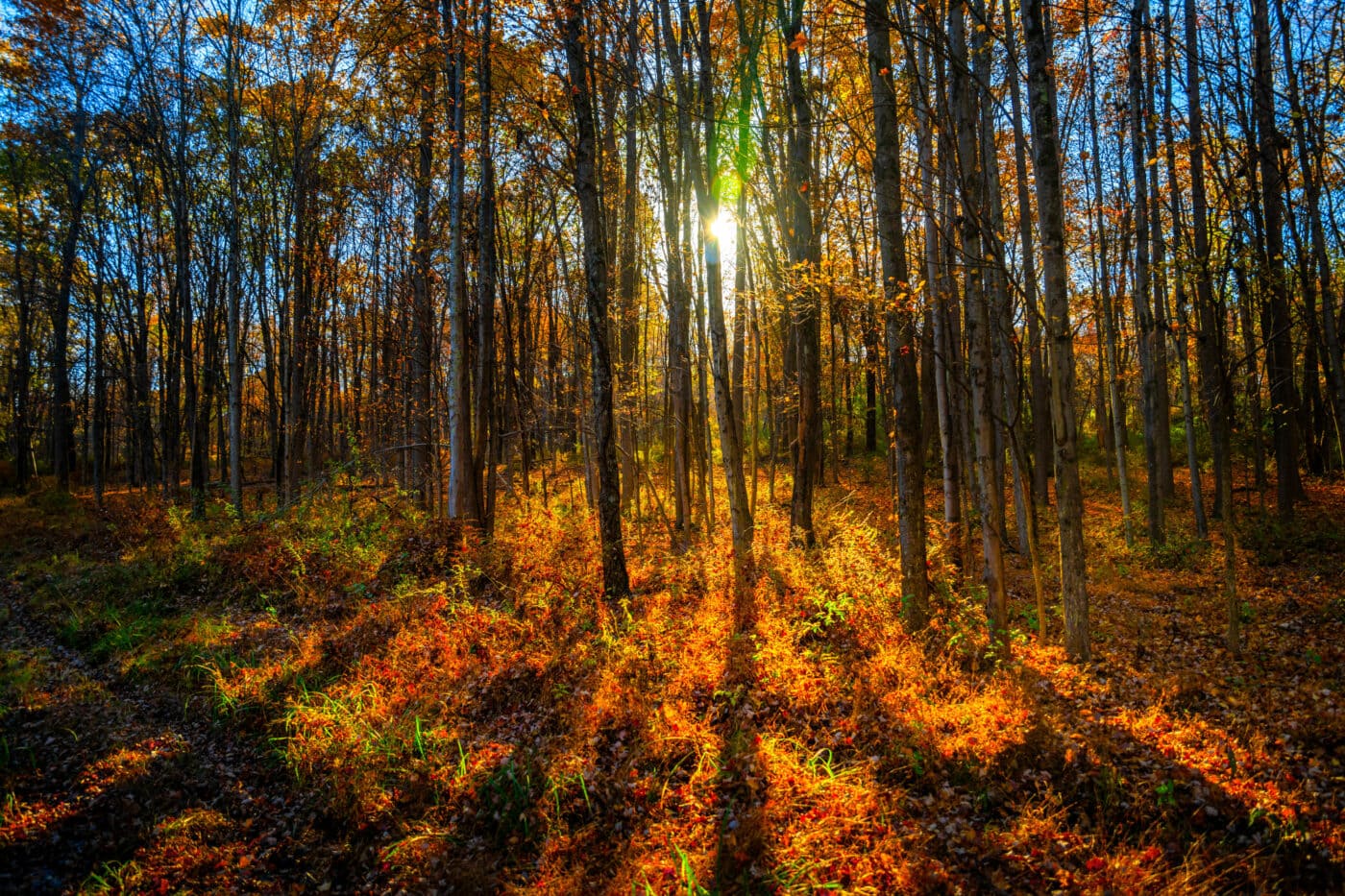As easy as it can feel to be buried in bad news about the changing climate, some surprising green shoots are emerging from deep underground: toward climate positivity, optimism, and even joy. A critical mass of outlets and activists have recently been stepping forward — especially among Gen Z — who believe constant negative climate news is paralyzing. To move ahead, they say, we need to take joy and pleasure in the climate, and also share news of climate wins, no matter how small.
Treehugger, Reasons to Be Cheerful, and YES! Magazine are among the news organizations that have emerged in recent years focused on sharing positive climate news and helpful actions people can take. And rather than traditionally angry protests, alternative “dance party” climate protests have been held everywhere from Canada to Madrid to Washington, D.C., focused on calling public attention to the crisis while actually being joyful to participate in.
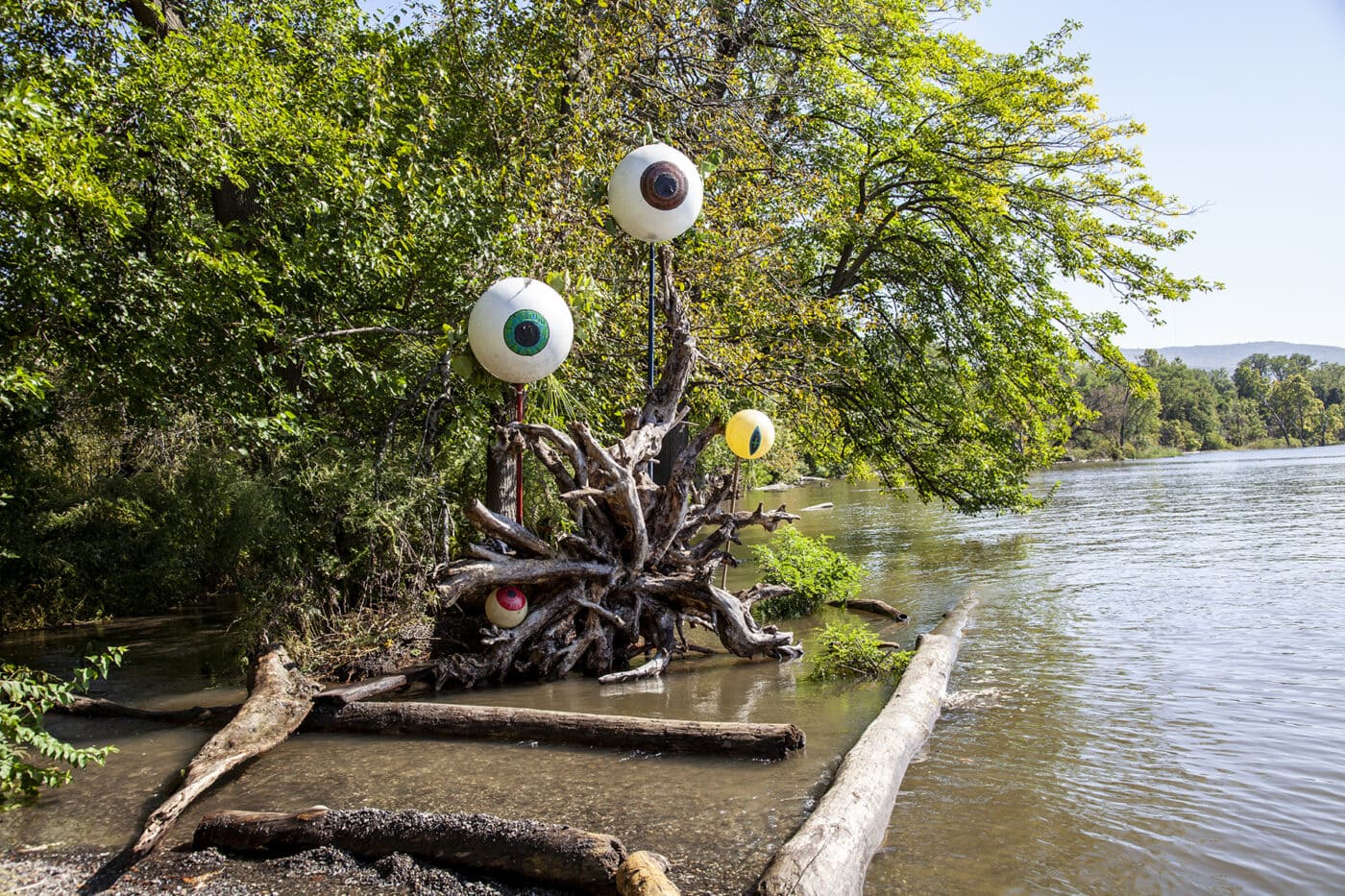
Naturally, there’s even a new book on the subject, Not the End of the World: How We Can Be the First Generation to Build a Sustainable Planet. “This is such a critical time,” the book’s author, Hannah Ritchie, has said. “So, for me, the role of optimism is to drive people to actually take action.”
For the eco-conscious in the Hudson Valley and beyond, action and education are the keys to cultivating the kind of “cautious climate optimism” that Ritchie espouses.
Judy Anderson, principal at Kinderhook-based Community Consultants, has become known for her digital newsletter, which regularly delivers positive environmental news. Her goal is to build optimism by improving the public’s exposure to nature through her work with land trusts across the country. She shares inspiring news of fresh environmental ideas like agrivoltaics, which support new solar installations while providing grazing land for agriculture.
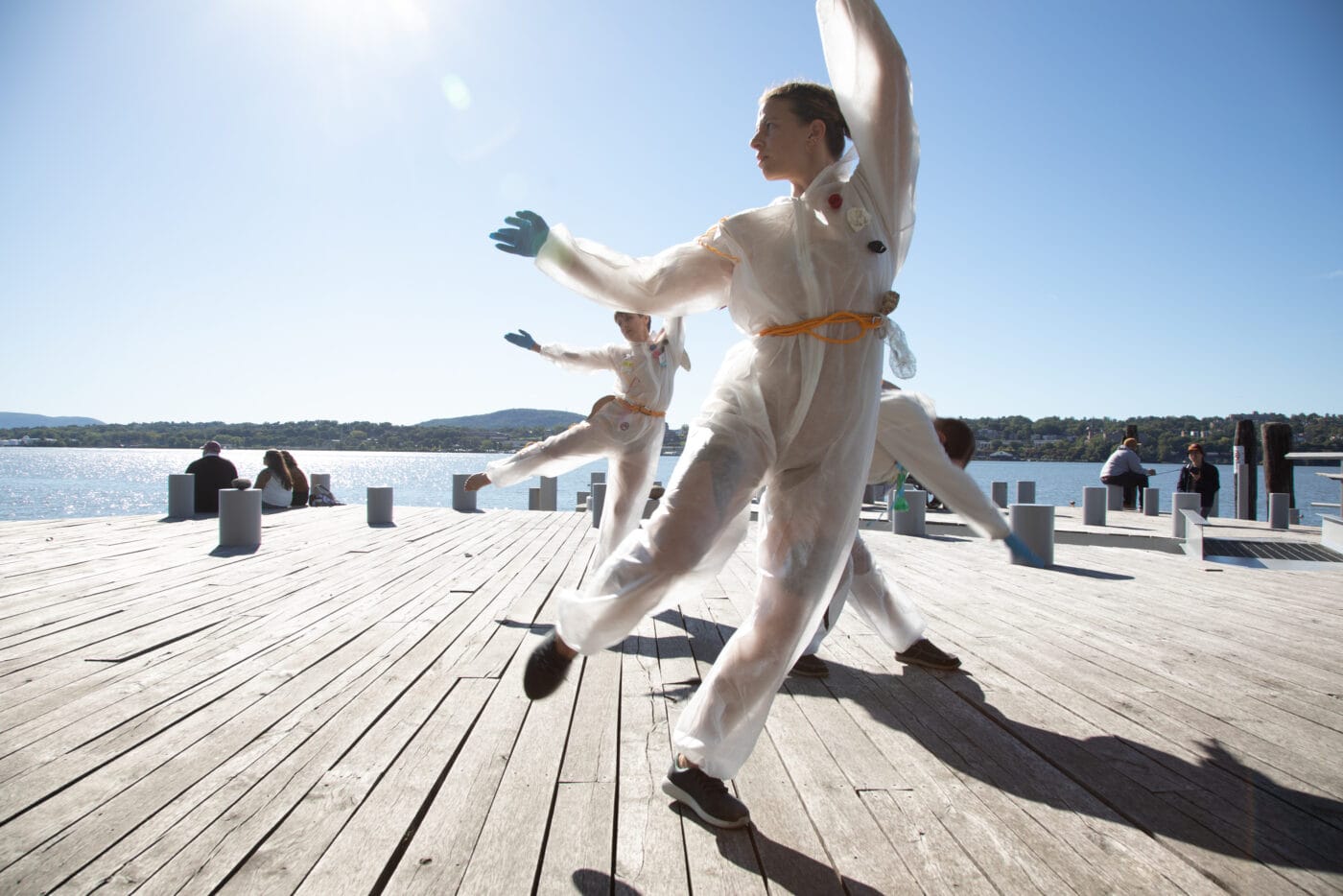
To keep herself energized and optimistic, she spends time outside and encourages others to do the same. “Being outdoors in nature or on the lands that you love, whether it’s the farms or the woods, can help alleviate some of that climate stress,” she says. “We know from research that literally can reduce various levels of stress within your body if you’re comfortable in that place.”
Getting involved doesn’t have to look like being an organizer or researcher. After years of working on documentary and photography work on housing and environmental issues, Eve Morgenstern of Beacon found her footing in 2021 as the founder and director of Soon is Now, an annual climate theater and arts event at Scenic Hudson’s Long Dock Park, which was designed with climate-change impacts like flood resiliency in mind. Morgenstern enlists artists and actors for performances, readings, and talks intended to convey messages of hope and activism in an area steeped with it. (Nearby Storm King mountain was the site of the dispute against a proposed power plant that would lead to the formation of Scenic Hudson in the 1960s.)
“The performance is in relationship to the river. We’ve had people get in the river for a performance,” Morgenstern explains. “As someone experiences a piece, they’re also experiencing the sounds of birds and trees or noticing the way the river’s flowing, or looking across the way and seeing … an industrial landscape across the way.”
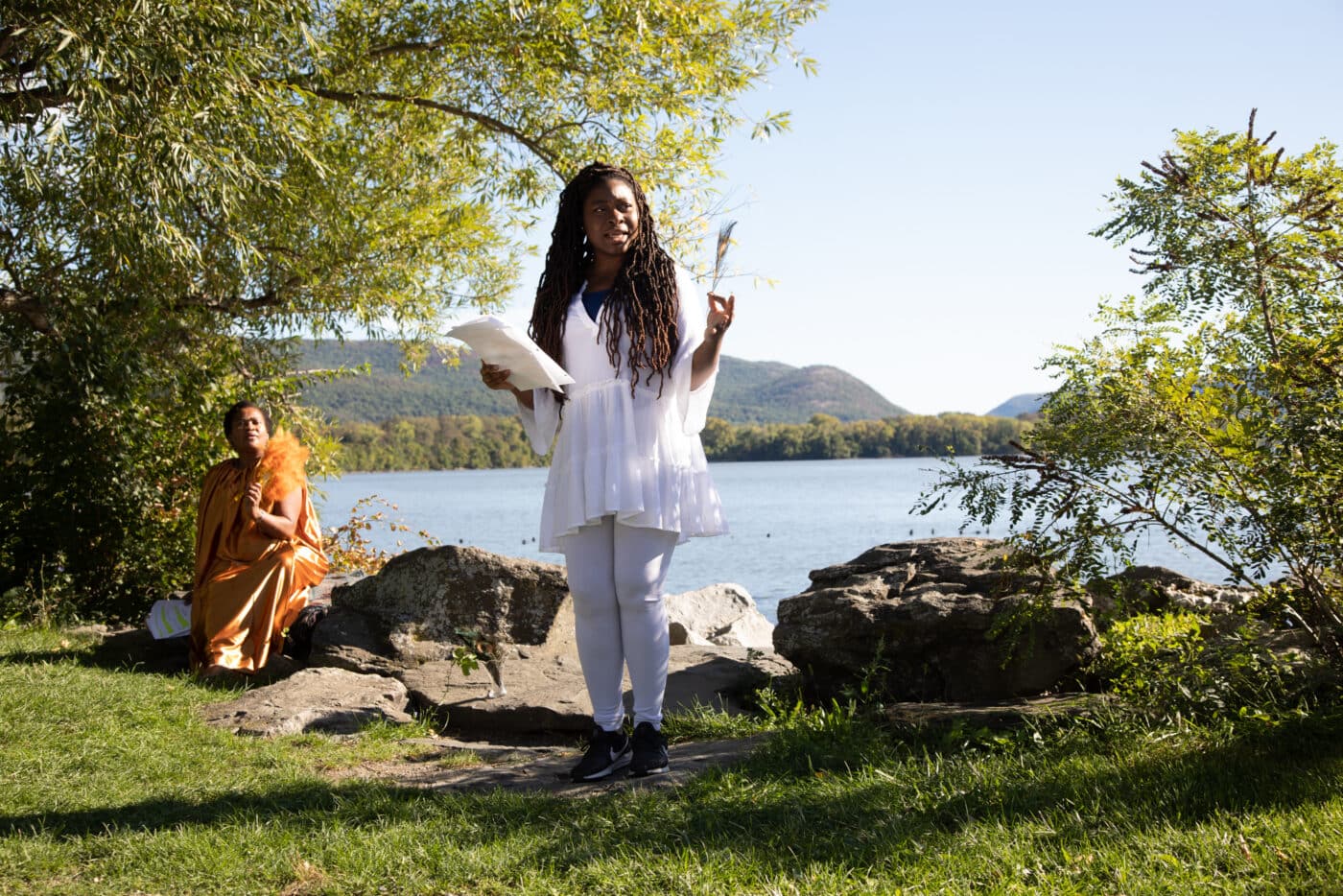
The inspiration she’s gained from local history and predecessors like Climate Change Theater Action co-founder Chantal Bilodeau was enough to push Morgenstern out of a place of fear and into hope. “As soon as you decide to roll up your sleeves and do something about it, that’s when all of those anxieties — for me, at least — are calmed down,” she says.
One group that seems to be suffering profusely from climate anxiety are younger millennials and Gen Z, and understandably so. With young people set to bear the brunt of the climate emergency, it’s no surprise that more than half of people ages 16-25 report feelings of sadness and helplessness. For some, those fears manifest into an all-around negative outlook of the future, aptly named “climate doomerism.”
But for environmental educator and activist Isaias Hernandez, who divides his time between New York and L.A., it’s all about leaning into evidence-based hope, a concept coined by his mentor, environmental scholar Elin Kelsey. This strain of hope emphasizes seeking out and recognizing the positive climate policies, research, and headlines out there, all while still acknowledging the work that remains.
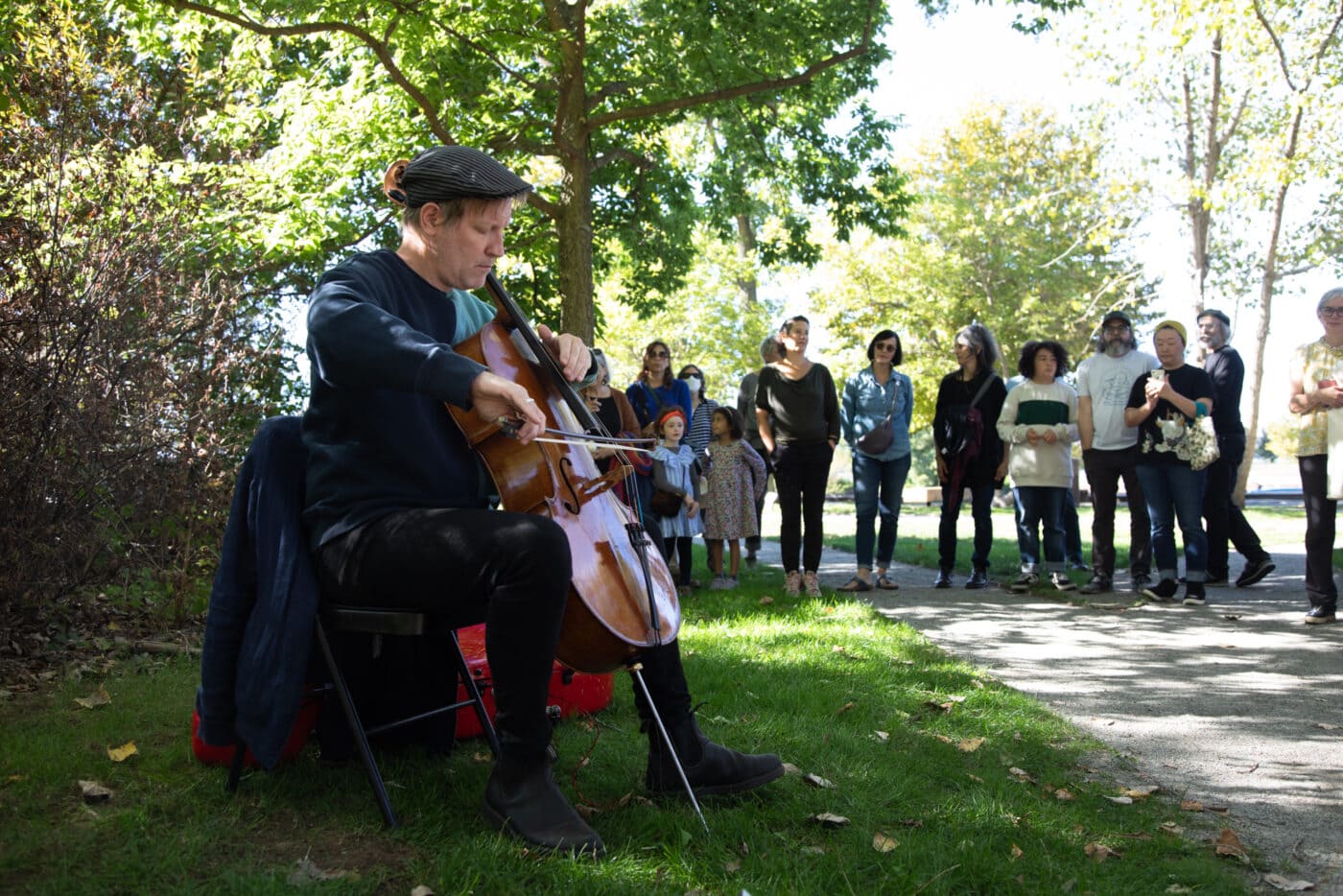
“We often feel disempowered from those types of outlets and those types of narratives that are out there, but evidence-based hope is saying, ‘No, there is actually hope,’ and really focuses on the ongoing resistance or solutions that communities are doing to create a regenerative, just world,” Hernandez explains.
Through the EcoTok Collective, a beacon for Gen Z that he’s a member of, and his own online platform, Queer Brown Vegan, Hernandez has been educating over 160,000 combined followers on TikTok and Instagram on everything from the benefits of a circular economy to the range of sustainable careers a person can get into. It’s all about showcasing and promoting diversity within the climate movement, which was something he rarely saw growing up as a queer person of color in Los Angeles. Preventing alienation is key, he has come to believe, whether that means improving representation in your programming or highlighting stories from communities of color and other underrepresented groups.
“I try to recognize that stories are what brings people together and events are what brings together,” he says. Hernandez believes that climate anxiety and grief are part of a spectrum of “climate emotions” that include hope and optimism, and are signs that people crave community and concrete action.
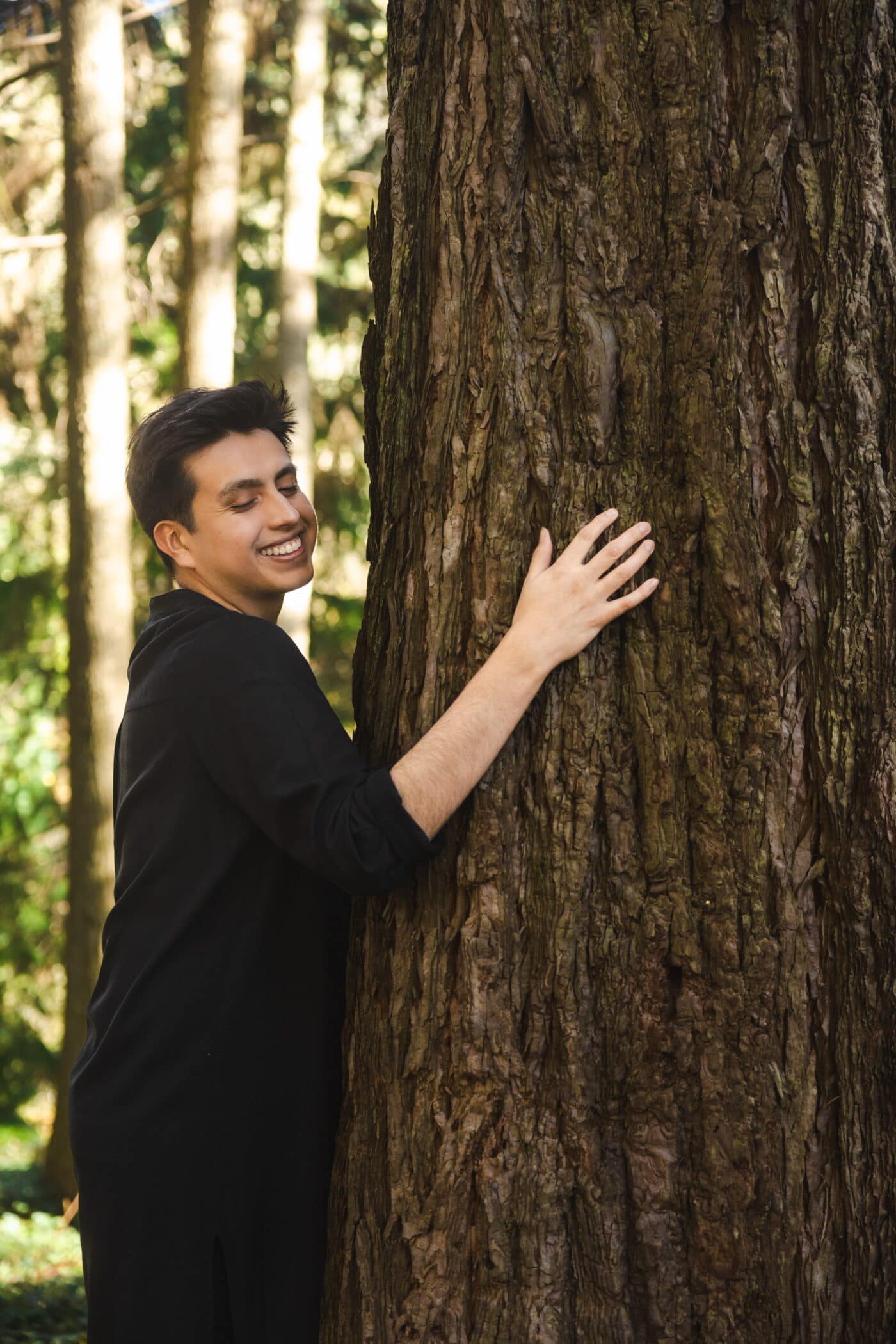
“We know that having anxiety is not a mental disorder, but rather a national response that people are choosing to [live beyond],” he says. “Because as a species, we are based on the foundation of love and based on the foundation of continuously trying to exist.”


